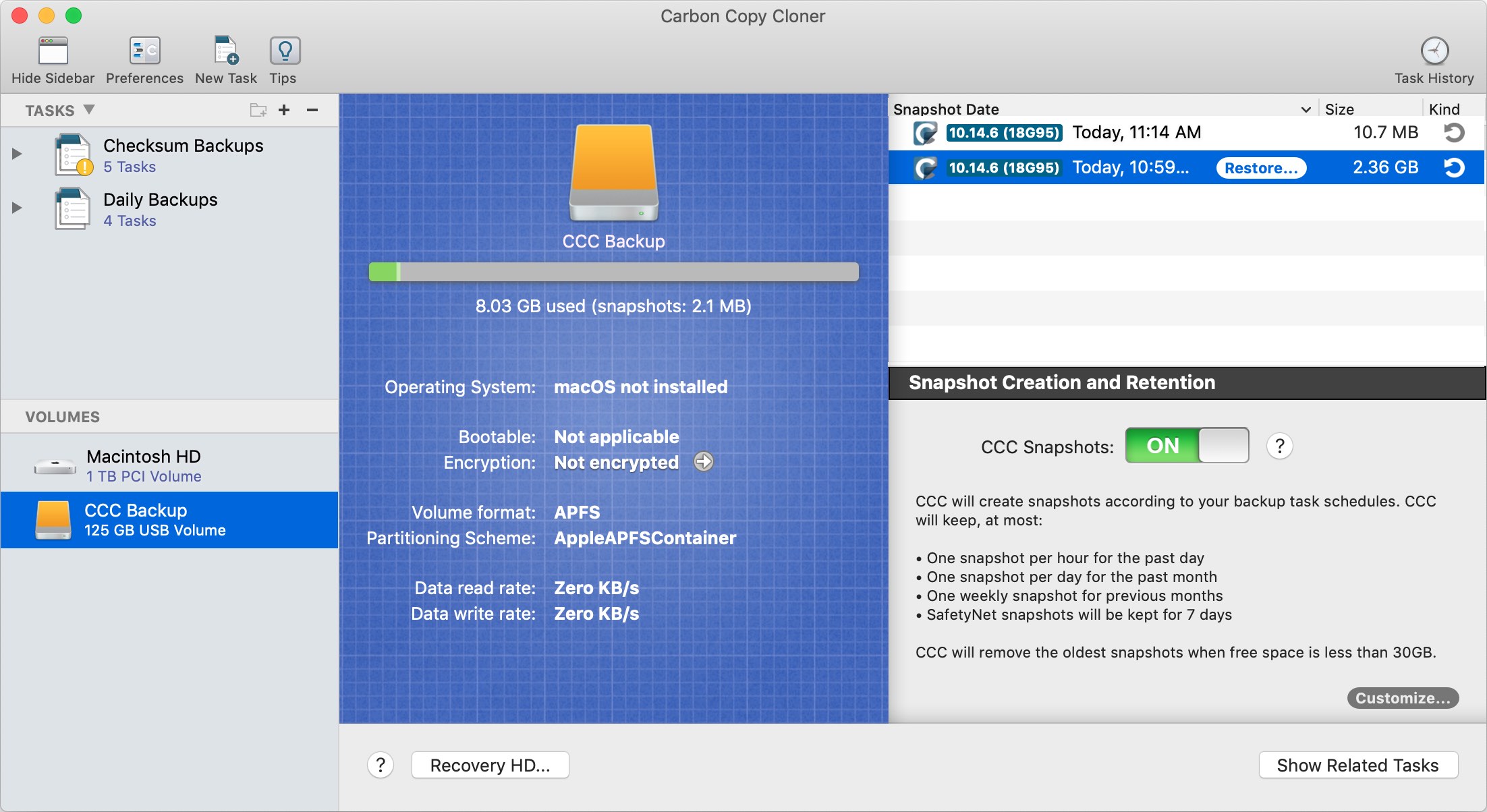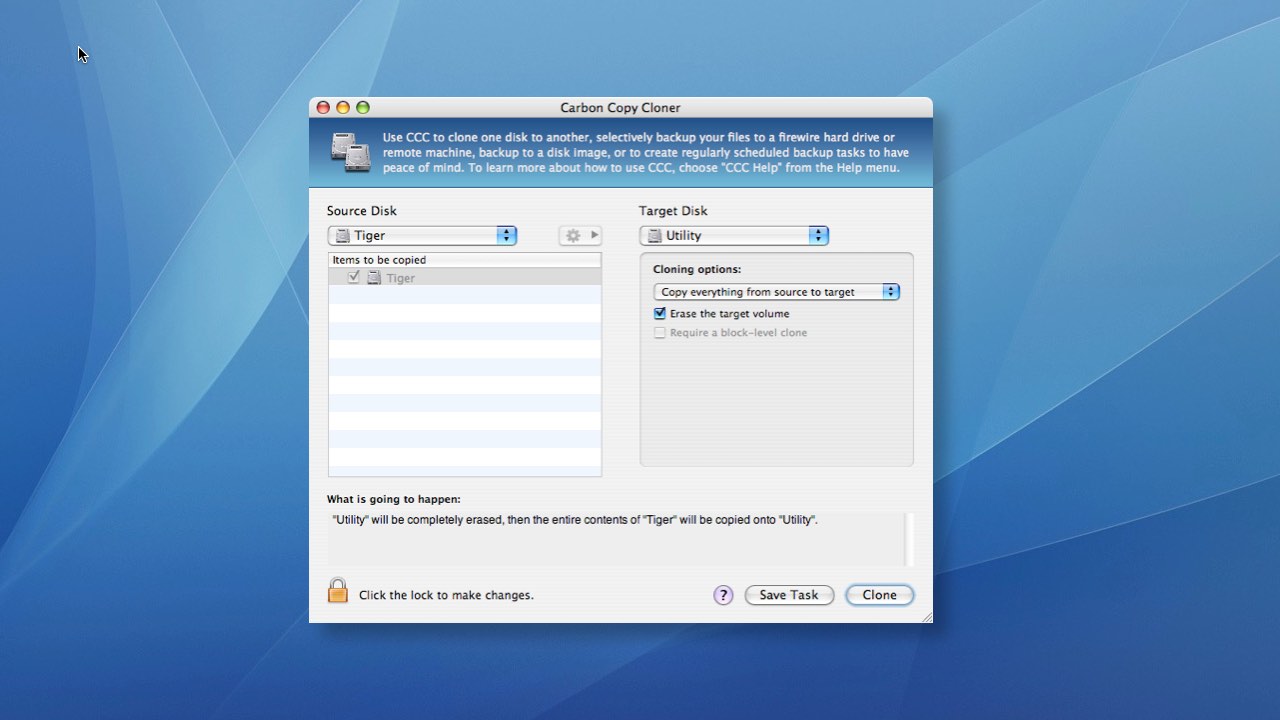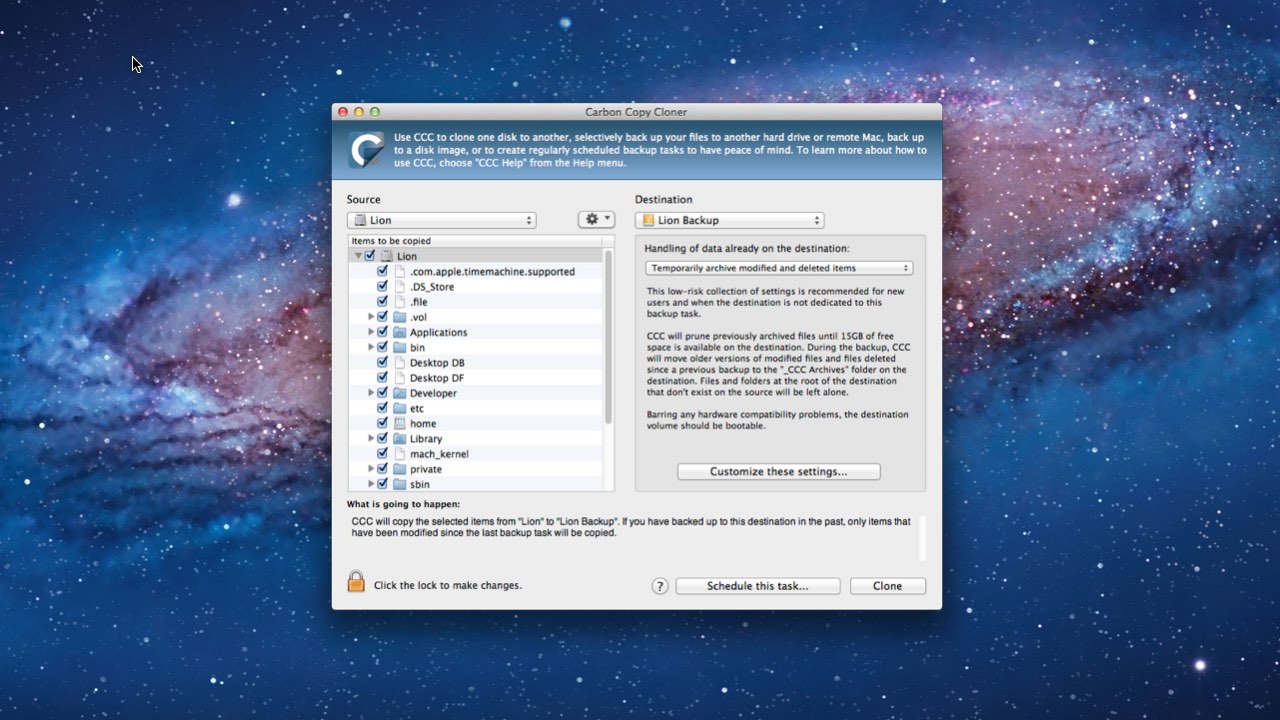My APFS-formatted rotational disks have always felt slower than when they were HFS+ formatted. The speed of copying files to them felt about the same, but slogging through folders in the Finder was taking a lot longer. At first I shrugged it off to the filesystem being new; "It just needs some tuning, it will come along." But that performance hasn't come along, and after running some tests and collecting a lot more data, I'm convinced that Apple made a fundamental design choice in APFS that makes its performance worse than HFS+ on rotational disks. Performance starts out at a significant deficit to HFS+ (OS X Extended) and declines linearly as you add files to the volume.
The rest of this article is fairly technical, here are the key takeaways:
- Enumerating an APFS filesystem on a traditional HDD (rotational disk) will take 3-20X longer than HFS+ on the same hardware.
- This performance difference is most noticeable on a macOS startup disk that is (or includes) a rotational disk.
- If Apple doesn't make some concessions in the APFS filesystem to accommodate the slower seek performance of HDD devices, then a rotational device will never be able to provide acceptable performance as a production macOS startup disk.
Test Setup
I wanted to see how an APFS formatted volume performs over time under "normal" usage conditions and how that compares to an HFS+ formatted volume under the exact same conditions. To do this, I had to set up a simulation that would produce identical changes on two volumes to allow for a consistent, objective analysis of the filesystem performance. When I refer to "filesystem performance," I'm specifically referring to how long it takes the filesystem to do transactional tasks. Read and write performance depends almost entirely on the speed of the media, so I wanted to factor that out of my tests. Enumerating the contents of the filesystem is a good exercise of filesystem transactional performance, so I decided to test the enumeration of 1 million files on each an APFS and HFS+ filesystem over a period of simulated modifications to the filesystem.
The destination device in these tests is a 2TB Western Digital MyBook Duo split into two equal partitions. One partition is formatted HFS+, the other APFS. Spotlight was disabled on both volumes. Snapshot support and APFS defragmentation were varied in different tests to determine whether they had any effect on filesystem performance.
The number of files in the file set is constant – 1 million files, 111,000 directories (files nested three directories deep). To make the simulation closer to real-life, the file size distribution roughly follows 1/x2 – it’s weighted more heavily towards smaller files. Each individual file size is determined randomly, but in a pattern that follows that size distribution histogram. Average data set size is ~18GB. Max file size is 20GB... Read More







